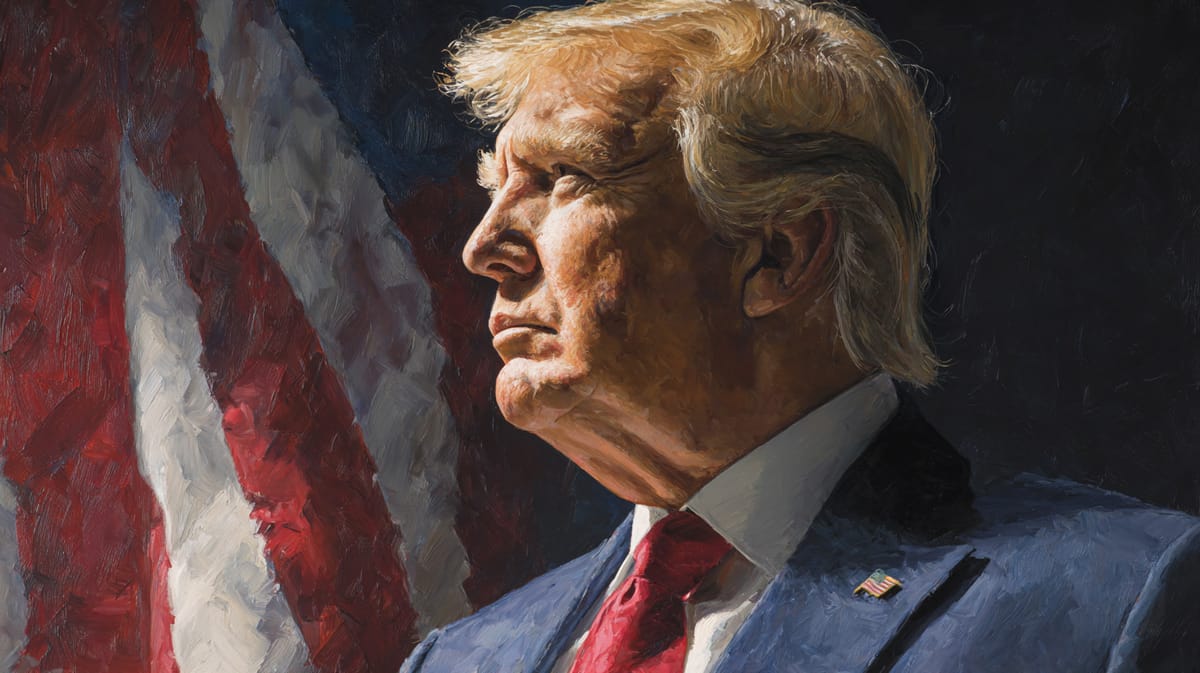Executive Overview
The GENIUS Act, signed into law on July 18, 2025, establishes the first federal framework for payment stablecoins in the United States. Passed with bipartisan support (House: 308–122, Senate: 68–30), the law defines a national standard for issuance, reserves, and supervision of dollar-pegged digital assets.
For regulated institutions and policymakers, the Act represents a milestone: it brings stablecoins—until now a largely unregulated market—into a framework aligned with banking standards, consumer protection, and systemic stability. This development provides a foundation for institutional adoption of DeFi, positioning stablecoins as a regulated component of financial infrastructure rather than an external innovation.
Core Regulatory Provisions
1. Clear Definition and Reserve Integrity
- Payment stablecoins are defined as redeemable digital assets pegged to a fixed value.
- Issuers must maintain 100% reserves in cash, short-dated Treasuries, or other high-quality liquid assets.
- Monthly reserve disclosures audited by independent firms are mandatory.
2. Supervised Issuer Pathways
- Only qualified issuers—federally licensed non-banks, state-chartered entities under “substantially similar” regimes, or subsidiaries of insured banks—may issue payment stablecoins.
- Issuers with circulation above $10 billion are subject to enhanced oversight by federal regulators.
3. Consumer Protection Standards
- The Act prohibits issuers from paying interest or yield directly on stablecoins.
- Marketing restrictions prohibit misleading claims and require clear redemption obligations.
4. Legal Certainty for Markets
- Stablecoins issued under the Act are not classified as securities or commodities, reducing legal ambiguity for institutions, custodians, and investment platforms.
5. Global and Cross-Border Alignment
- Foreign issuers must register with the OCC and comply with comparable regulatory regimes, ensuring consistency with U.S. oversight.
Institutional and Regulatory Implications
For Financial Institutions
The GENIUS Act offers a credible, compliant path for banks, asset managers, and payment providers to integrate stablecoins into their offerings. By aligning reserve and disclosure requirements with banking norms, it lowers reputational and regulatory barriers that previously limited adoption.
For Regulators
The Act provides a single statutory framework that can be operationalized through supervision by the OCC, state regulators, and federal banking agencies. It offers regulators new tools for monitoring liquidity, market conduct, and systemic impact while preserving optionality to refine details through rulemaking.
For Global Markets
By anchoring stablecoin reserves in U.S. government instruments, the Act strengthens the role of the dollar in cross-border payments and settlement. At the same time, it raises policy questions for other jurisdictions: how to balance domestic monetary sovereignty with the efficiencies of regulated dollar-based stablecoins.
A Step Toward Institutional DeFi
While the GENIUS Act does not explicitly reference decentralized finance (DeFi), its framework creates preconditions for institutional-grade DeFi adoption:
- Compliance-anchored settlement assets: Stablecoins that meet regulatory standards can serve as trusted collateral in permissioned liquidity pools and institutional DeFi protocols.
- Integration with existing infrastructure: Banks and fintechs can experiment with tokenized money under defined supervisory expectations.
- Cross-border harmonization: By requiring “comparable regimes” for foreign issuers, the Act opens dialogue on global standards for tokenized assets.
Implementation Timeline
- Treasury consultation underway: Public comments are open on definitions, AML obligations, and technical features such as freeze/burn functionality.
- Effective date: The Act comes into force by January 18, 2027, or 120 days after rulemaking is complete.
- Transition period: Existing stablecoin programs may continue until July 18, 2028, under interim conditions.
Outlook
The GENIUS Act reflects a measured regulatory evolution: it does not ban stablecoins, but instead integrates them into the regulated perimeter. This balance allows innovation to continue—especially in areas such as tokenized finance and institutional DeFi—while addressing concerns over reserves, systemic risk, and consumer protection.
For regulators, the next stage is rulemaking and supervisory implementation. For institutions, the law provides a clearer runway to develop compliant digital-asset products. And for global markets, it reinforces the role of the U.S. dollar in a tokenized financial future.


